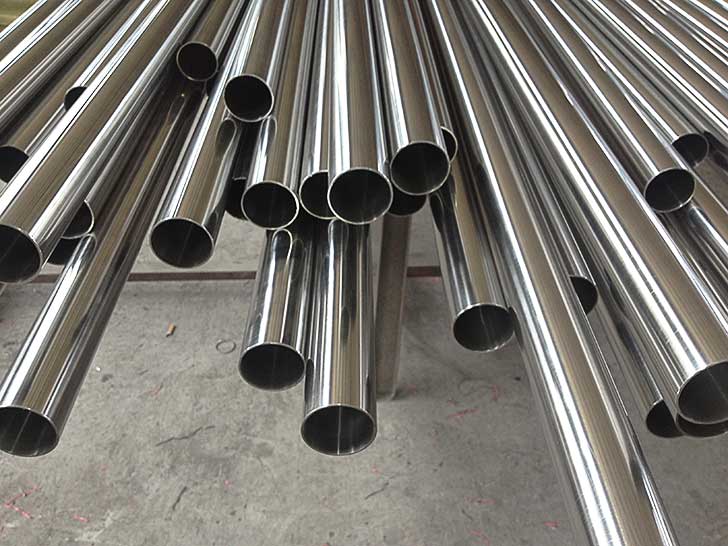
Steel tube structures are a combination of steel and aluminium. Its design is simple, reliable, and lightweight which makes it an economical choice for buildings. The idea of using steel frames started in the 1900’s with railroad construction which led to its use in skyscrapers. Today, amardeep steel tube structures are used all over the world for both commercial and residential structures.
Steel tube structures can be easily assembled and dismantled, making them a great choice for temporary or permanent installation sites. The steel tube wall system provides an airtight barrier against structural wind loads and is an excellent choice when building in coastal regions because the steel tubes resist corrosion from salt air and sea water.
What is a Steel Tube?
Steel Tube Structures are a type of construction that can help improve the safety and durability of buildings. They have been extensively used in the manufacture of building products, such as pipelines and piles, for nearly a century now. Steel tube is commonly used for architectural applications because it is not only strong but also lightweight.
Why Steel Tubes Are Important?
Steel tubes can be welded, bolted, riveted or even screwed together. Steel is strong enough to support heavy loads and remains flexible with proper care. Steel is eco-friendly because it will not rust, corrode or decay. It is also cheap compared to other materials like concrete, which requires large quantities of water.
Different Types of Steel Tube
Steel pipe is a type of structural material that is composed of a steel strip wrapped in a continuous layer of rolled or forged iron, which provides the strength. Throughout history, this type of material has been used to make building and engineering materials. Steel tube structures are not only economical but also feasible for large-scale constructions. In this blog post, we will discuss different types of steel tube that can be found on marketplaces.
Benefits of Steel Tubes
Steel tubes can be used in any kind of construction. They provide support, insulation, and structure for houses and buildings. Steel tubes are typically more affordable than steel frames with wood or concrete.
Pros and Cons of Steel Tubes
The first and most obvious pro is the strength of steel. Steel tubes are extraordinarily strong and can resist pressures up to 30,000 psi. This means that they can withstand high pressure water, high pressure steam, and the forces of explosions. Additionally, steel has a good thermal conductivity which means it can be used to transport heat quickly through an insulated tube.
Steel tubes are a popular option for underground storage tanks and containers because it is easy to construct and maintain. Steel also has a high corrosion resistance and its flexibility and durable make it ideal for use in harsh conditions. Steel tubes require less maintenance than other systems, which means that the cost of operation is lower. However, steel pipes can be damaged by corrosion due to their lack of natural protective layer like cast iron does.
Conclusion
There are a lot of benefits to steel tube structures in a number of different areas. Steel tubes can be easily put together and they’re strong, durable, and corrosion resistant. Steel tube structures also have the ability to withstand weather conditions such as fire, wind, or earthquakes.